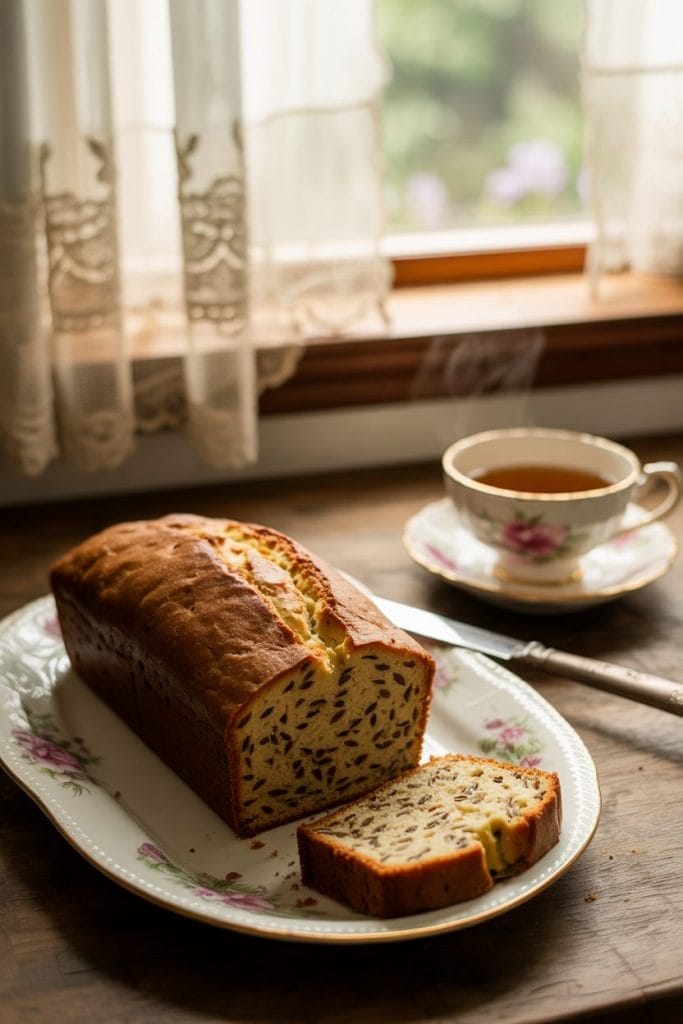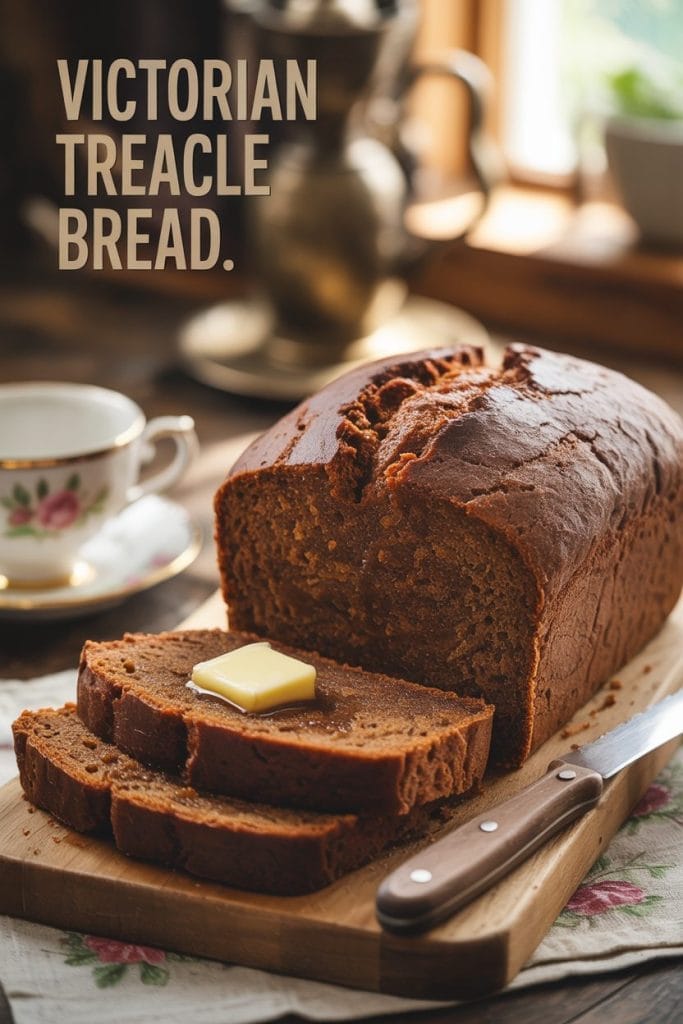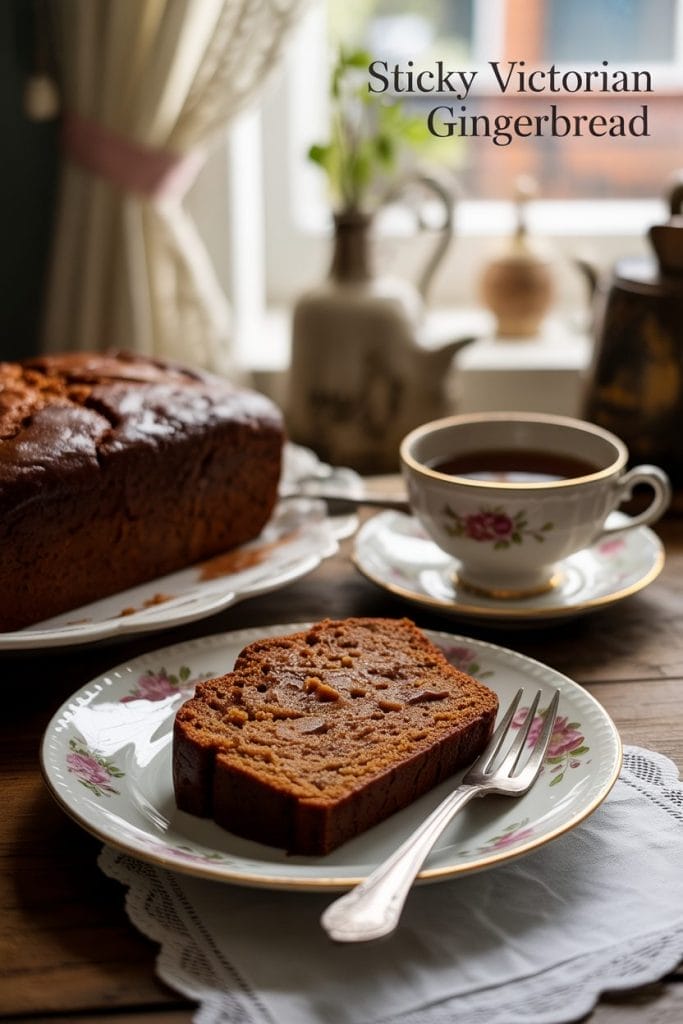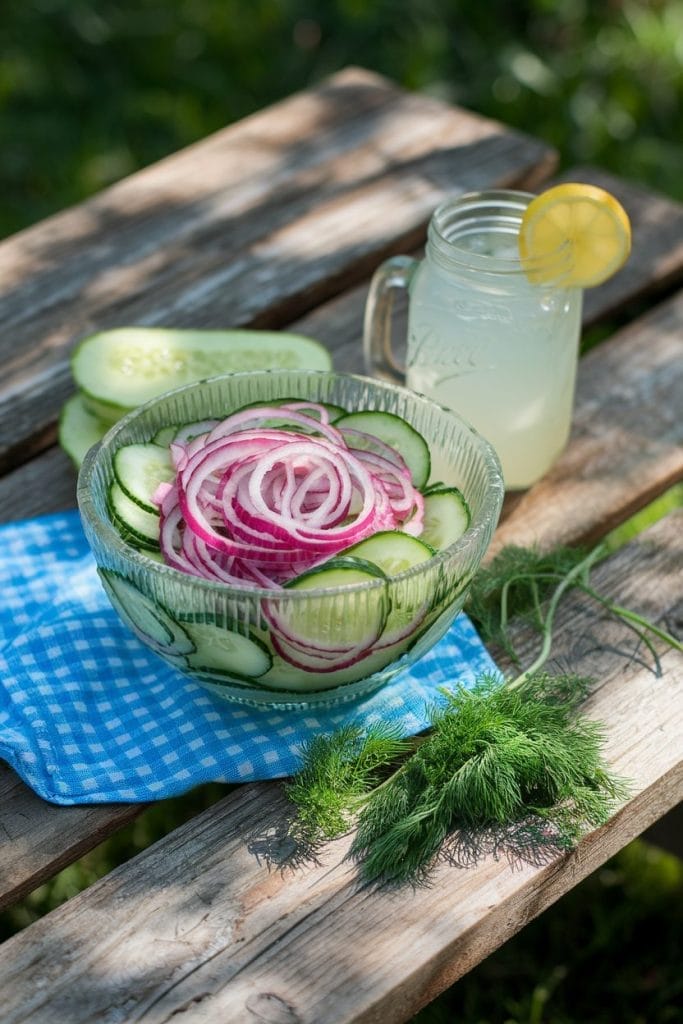I Made These FREE Vintage Recipe Tools JUST For You
This recipe was created with help from AI tools and carefully reviewed by a human. For more on how we use AI on this site, check out our Editorial Policy. Classic Fork earns a small commission from Amazon and other affiliate links at no extra cost to you, helping us keep our content free and honest.
These 10 Colonial-Era Desserts Will Blow Your Modern Recipes Away
Time Period:
Meal Type:
I thought I knew my way around a dessert table — until I stumbled across a stack of colonial cookbooks at a flea market. What I found inside was part history lesson, part sugar-fueled adventure, and 100% proof that some of the best desserts have been hiding in plain sight for centuries.
Ready to taste the past?

What Would You Cook in Wartime?
Step back in time and discover what you could make with limited wartime rations
1. Colonial Hot Chocolate Recipe
Hot chocolate during colonial times was nothing like the creamy stuff we know today. Colonists drank a much thicker, spiced version influenced by both European and Indigenous traditions.
Spanish colonists brought cacao from Central and South America, where Mayans and Aztecs had been drinking it for centuries.
In North America, chocolate houses became social hubs in larger cities, especially in places like Boston, Philadelphia, and New York. The drink itself was often flavored with cinnamon, nutmeg, or even chili, showing the influence of global trade.
Colonists enjoyed it as a comforting and luxurious drink, especially in colder months, since chocolate was still an expensive import.

2. Colonial Indian Pudding Recipe
Indian pudding is one of the rare truly American colonial desserts. Colonists used cornmeal (referred to as Indian meal) instead of wheat flour, which was harder to come by in the early years. Molasses sweetened the dish, as sugar was expensive.
This pudding was heavily influenced by Native American porridge traditions, but colonists added Old World touches like spices and milk.
It became a staple in New England, especially Massachusetts, where it was served warm in taverns and homes as a hearty dessert after dinner.

3. Colonial Shrewsbury Cakes Recipe
Shrewsbury cakes were a type of buttery, spiced cookie with roots in Shrewsbury, England. They were already famous in England before they made their way to colonial America. Wealthier households baked these treats for tea gatherings, especially in the Mid-Atlantic colonies and New England.
The cookies combined sugar, butter, and spices like nutmeg or cinnamon, showing off how colonists adapted Old World baking techniques using imported and local ingredients. They became popular because they were simple, yet elegant enough for special occasions.

4. Colonial Apple Tansey Recipe
Apple tansey was a sweet egg dish often served at the end of meals or for a special brunch-like treat. It had English origins but became popular in colonial kitchens, especially in the South and New England.
Colonists sliced apples, fried them in butter, and poured a custard-like egg mixture over them, sometimes adding a sprinkle of sugar or nutmeg.
Apples were abundant, especially in the fall, making this dish a practical and delicious seasonal treat for both rich and modest households.

5. Colonial Trifle Recipe
Trifle came directly from English dining traditions, but colonial versions were often more rustic. Trifles were layered desserts with cake, custard, cream, and sometimes fruit or preserves.
Wealthier households in cities like Boston, Charleston, and Philadelphia made them for holidays and gatherings.
The dish showed off both imported ingredients (like sugar and spices) and local produce. Trifles were a status symbol because they required several expensive ingredients, plus the time and labor to layer everything beautifully.

6. Colonial Rice Pudding Recipe
Rice pudding was one of the most common desserts across all colonies, from New England to the southern plantations. Rice came through trade routes from Asia and the Caribbean, making it affordable in some areas. Colonists adapted the basic European versions to fit what they had on hand.
They flavored it with nutmeg, cinnamon, or even a bit of rum when available. It could be served hot or cold, making it flexible for different meals.
Rice pudding crossed class lines, appearing in both wealthy and poorer homes, making it one of the most democratic colonial desserts.

7. Colonial Tarts and Pies Recipe
Tarts and pies were essential in colonial desserts, especially in areas with abundant fruit. Apple, pear, and berry pies were most common in New England, while southern colonies leaned into pecans and peaches.
Colonists learned pie-making techniques from their English ancestors, but American pies were often heartier and less refined.
They were common at harvest feasts, church gatherings, and tavern meals. Because fruit storage was tricky, pies also helped preserve fruit by baking it into a shelf-stable form.

8. Colonial Posset Recipe
Posset was both a dessert and a medicinal drink in colonial times. Originally English, it was a warm mixture of milk, alcohol (like ale or sack wine), and spices.
Colonists embraced it, especially in New England and Virginia, for both social drinking and as a remedy for colds.
Over time, possets evolved into richer custard-like desserts, served in bowls or cups. They were mostly enjoyed in wealthier homes, where imported wine and cream were available.
Possets showed the overlap between food and medicine in colonial life.

9. Colonial Custards Recipe
Custards were hugely popular in colonial kitchens, especially among families with access to milk and eggs. They came directly from English traditions and were sweetened with sugar or molasses, depending on what was affordable.
Custards were versatile, served on their own or used as filling in pies and tarts. They were common in wealthier households but also found in simpler homes, often with fewer ingredients.
Both the North and South enjoyed custards, though richer versions were more common in urban homes.

10. Colonial Fruit Fools Recipe
Fruit fools were simple but elegant desserts made by folding pureed fruit into sweetened cream. They were popular in England before making their way to the colonies, where colonists used local fruits like strawberries, raspberries, and gooseberries.
These desserts were common at garden parties or summer meals, especially in more refined homes in the Mid-Atlantic and southern colonies.
They were light, fresh, and easy to make, making them perfect for warmer months.

Maggie Hartwell
Hi there, I’m Maggie Hartwell, but you can call me Maggie—the apron-clad foodie behind Classic Fork! I created Classic Fork because I’m convinced food has a way of telling stories that words can’t. So, grab a fork and dig in. The past never tasted so good!






